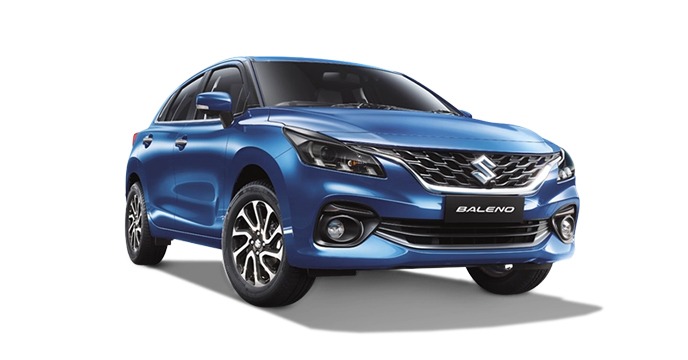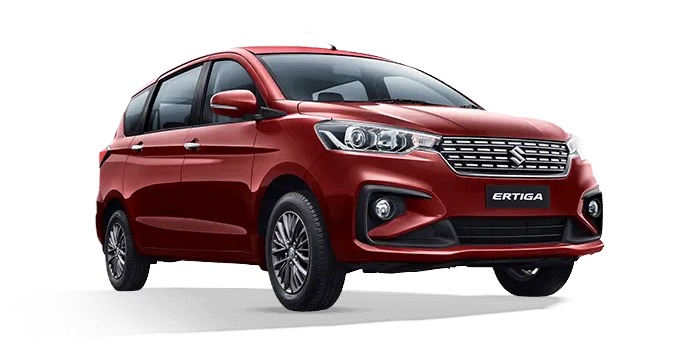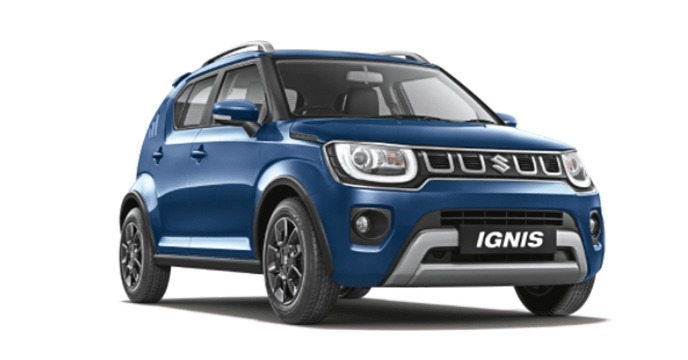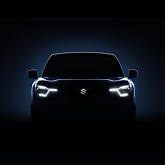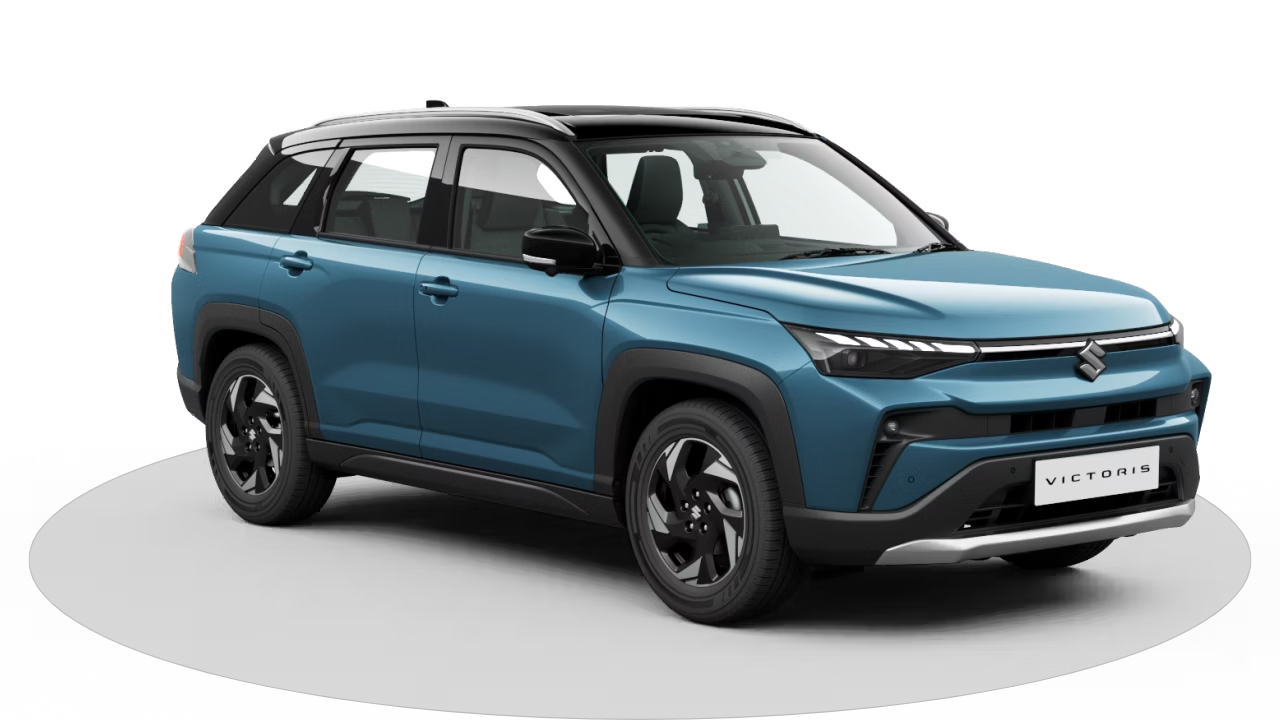
Difference between Petrol, Diesel and CNG engine
Difference between Petrol, Diesel and CNG engine

Differentiating petrol, diesel and CNG engine is not a simple task as each of them has its pros and cons. We can take a drive through the engine history, the types, how they function, the fuels used and pollution caused by different engine types. Based on the facts and figures of this analysis we can reach a comparison.
Automobile engine discovery - A drive back into history
Engine- a mechanism developed to transfer energy or convert energy from one form to another form. Confusing statement? In simple words, an internal combustion engine burns the fuel inside the cylinders creating thermal energy and in turn, it is converted to kinetic energy. We can keep our focus on internal combustion engines for the reason, these are on which the world is moving over a century.
The saga of the internal combustion piston engine starts by 1807 by de Rivaz. Later Etienne Lenoir invented an internal combustion engine by 1860, which became a large success. By 1885 -’86 Karl Benz invented and patented the first commercially successful automobile and the R & D continue by different automobile companies to achieve the best performing engine which has both power and efficiency.
How engines are categorized?
- Design
- By the design of the rotor, shaft, and working
- Reciprocating - Piston moves inside a cylinder to and from and is the commonly used design for 2 and 4 stroke engines.
- Rotary - Rotor does rotate in the chamber and no reciprocating movement involved. A turbine engine is an example.
- By the design of the rotor, shaft, and working
- Fuel
- By the fuel used for working of the engine
- Petrol
- Diesel
- Gas
- By the fuel used for working of the engine
- Cycle of operation
- By the process cycle, an engine operates
- Otto cycle - Petrol engine cycle
- Diesel Cycle - Diesel engine cycle
- Dual cycle or semi diesel cycle
- By the process cycle, an engine operates
- Number of strokes
- By the number of times, the piston moves in an engine in one power stroke
- 2 stroke engine
- 4 stroke engine
- By the number of times, the piston moves in an engine in one power stroke
- Ignition type
- Based on how the fuel is ignited inside the engine
- Spark ignition (SI) engine - Petrol and gas engines using a spark plug
- Compression ignition (CI) engine - Diesel engine with the heat of compressed air
- Based on how the fuel is ignited inside the engine
- Number of cylinders
- Based on the number of cylinders inside
- Single-cylinder - in motorcycles
- Double cylinder
- Multi-cylinder - Under this number of cylinder per engine will be like 3, 4, 6, 8, 12 and 16
- Based on the number of cylinders inside
- Arrangement of cylinders
- Based on the arrangement of cylinders inside the engine
- Vertical
- Horizontal
- Radial - A reciprocating engine in which cylinders are radially aligned to the central crack and called as star engine
- V - engine
- W - type engine
- Opposed cylinder engine
- Based on the arrangement of cylinders inside the engine
- Valve arrangement
- Based on the position of the inlet and exhaust valve in various positions of the cylinder
- L - head - Also called flathead engine and is currently not in use. They have a small chamber by the side of the cylinder to carry valves.
- I - head - Also called overhead engines and as the name suggests valves are placed at the cylinder head.
- F - head - Also called IOE (inlet over exhaust) engine, in which inlet valve at the cylinder head and exhaust valve within the engine block.
- T - head - These type of engine are not in use since world war 1 and has valves on either side of the cylinder.
- Based on the position of the inlet and exhaust valve in various positions of the cylinder
- Type of cooling
- Based on the method used to cool the engine from heating up
- Air-cooled - Engine uses air as the coolant engine and most of the two-wheelers have an air cooling system and have fins over the openly placed engine for faster reduction of heat.
- Water-cooled - Water or coolant fluids are used to cool down the engine with the help of a radiator and are commonly used for cars, trucks and heavy vehicles.
- Based on the method used to cool the engine from heating up
- Speed
- Based on the speed of the engine
- Low-speed engine
- Medium-speed engine
- High-speed engine
- Based on the speed of the engine
- Fuel injection
- Based on the method using for fuel injection
- Carburetor engine
- Air injection engine
- Airless or solid injection engine
- Based on the method using for fuel injection
- Governing method
- Engines are categorized based on the method of entry of fuel is managed.
- Hit and miss or throttle governed - Controls the fuel flow at a previously set speed and is not in use nowadays
- Qualitatively governed
- Quantitatively governed
- Engines are categorized based on the method of entry of fuel is managed.
- Application
- Based on the application of engine
- Stationary
- Locomotive
- Marine
- Aircraft
- Based on the application of engine
Efficiency Vs fuel type
Research on different fuels for the working of the engine is still going on and the only goal behind is to create a perfect engine with high performance and efficiency. So the quest is based on two factors efficiency and performance. Now let us go through how fuel types influence efficiency.

The basic guideline is efficiency is the relationship between total energy contained in the fuel to energy used to work done, which is rotating the shaft. For petrol engines, the efficiency is around 20 % to 35 %. A lot of factors influence the efficiency like friction fuel quality, air intake and compression ratio. Different methods are evolved to maximize efficiency by controlling the fuel injection, air, and fuel quality and now most of the petrol engines achieved about 35% to 40% of efficiency.
While the case of the diesel engine is different and is more efficient compared to the petrol engine. The average efficiency is marked around 54.4%. The systems like turbocharging common rail fuel injection helped to achieve the efficiency at lower rpm. CNG or compressed natural gas has been used for engines as a part of cleaner fuel and with new CNG combustion engine with prechamber combustion leads to better performance of about 45%.
Pollution
Nowadays the concern about environmental pollution is high and people are working together to reduce pollution. As a part of the process governments also mandated pollution norms. We can’t rule out vehicles from roads or industries for we all need them for the smooth functioning of a country. The question is how to reduce pollution, better cleaner fuels, alternative fuel sources are the solutions related to fuel and a lot of other alternatives to achieve the goal. We can cut down our discussion on automobiles and how to achieve a better environment.
With an automobile, the engine is the place where fuel is burnt and we have a picture of the efficiency of each fuel type. So the rest of the energy is lost as heat through the moving parts and exhaust system. The exhaust gas carries this energy along with many particles like oxides of carbon, nitrogen, and hydrocarbons and are the main reasons for pollution from automobiles.
In comparison, it is not easy to decide the petrol or diesel engine causes more pollution. The petrol engine creates a large number of oxides of carbon and hydrocarbons compared to the diesel engines. But diesel engines create a large number of nitrogen components into the air we breathe.
In the CNG fuel, the emission of nitrogen components and carbon oxides are way too low but the percentage of emission of hydrocarbon is high and is a major contributor to global warming.
Conclusion / Future
In single word petrol, diesel or CNG or any other fossil fuel contributes its part to the process of pollution. Taking apart the pollution, efficiency and availability in the future are a big thought of concern. We cannot simply stop the use of such fuels but only can bring certain restrictions on how these fuels are used. And we need to find alternatives with higher efficiency, less pollution and more than sustainable energy. Hybrid cars, electric cars and many are now available and are in the production line.
Tail end
In India, the government has mandated BS6 to follow from April 2020 with a vision of reducing pollution to a greater extent. Maruti Suzuki is one of the pioneers in bringing cars into the array ahead. Here is the list of some cars from different manufacturers to have BS6 compliant engines.
- Maruti Alto
- Maruti S-presso
- Maruti Swift
- Maruti Dzire
- Maruti Wagon R 1.2
- Maruti Baleno
- Maruti Ertiga
- Kia Seltose
- Toyota Glanza
- Hyundai Grand i10 Nios
- Hyundai Elantra
- Maruti Suzuki XL6
- Jeep Compass
- Mercedes Benz E class
- Tata Harrier
To know more about Maruti car options, visit your Nearest Maruti showroom.


